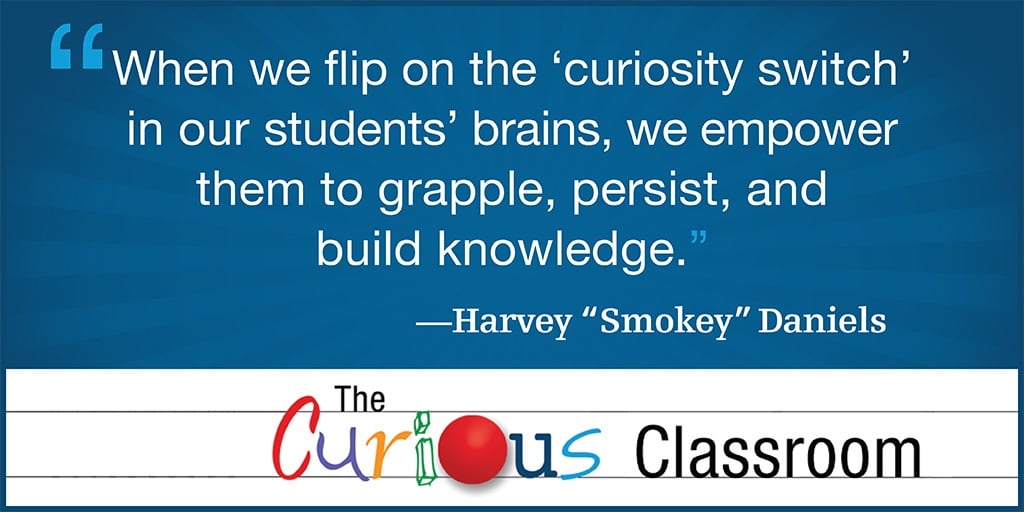
The following is adapted from The Curious Classroom by Harvey "Smokey" Daniels.
In the customary school day, we teach from “bell to bell,” always spending “time on task” and never “wasting” a minute. But why? Do kids really benefit from living in overdrive, with a nonstop onslaught of tasks that reproduces the worst aspects of today’s frantic workplaces? When we begin handing out worksheets or spewing information the second kids walk through our door, are we contributing to what Stanford psychologist Emma Seppala (2016) calls “toxic stress”? It’s worth considering what is really the best way for kids to begin their school day.
Nobody seems to know where soft starts came from—but the name makes sense. Not rigid, but gentle, individualized, and peaceful beginnings, driven by personal choice, not ordained by someone else’s agenda or requirements. If kids begin the day gradually and on their own recognizance, they will feel safe and in control, and can later glide into challenging inquiry work more smoothly and with more genuine engagement. Looked at over a whole day of school, a fifteen-minute soft start is an investment in the overall seven-hour outcome. Kids will accomplish more “net learning” if they start that day in the driver’s seat. Soft starts allow kids to work alone, join in deep partnerships, or involve the whole class, and can be implemented at any time during the school year.
Why?
We don’t have to teach the whole class from the opening bell. The first chunk of the day/class can be personal choice time—quiet, industrious, and maybe even shoeless. When we let kids find their own way into the day, we activate their curiosity and sense of self-direction, mind-sets that serve learners well in the formal inquiries that follow.
What We Might Say to Kids
“Good morning, friends. I have an idea. Let’s take the first few minutes of each day this week and have everyone use that time to pursue a curiosity topic of their own. What could be some choices? Yes, independent reading would be a great idea. What else? Researching insects with a buddy would be fine, too.”
How Long Might it Take?
Ten to fifteen minutes per day. Try it for one week; it’s potentially useful all year.





